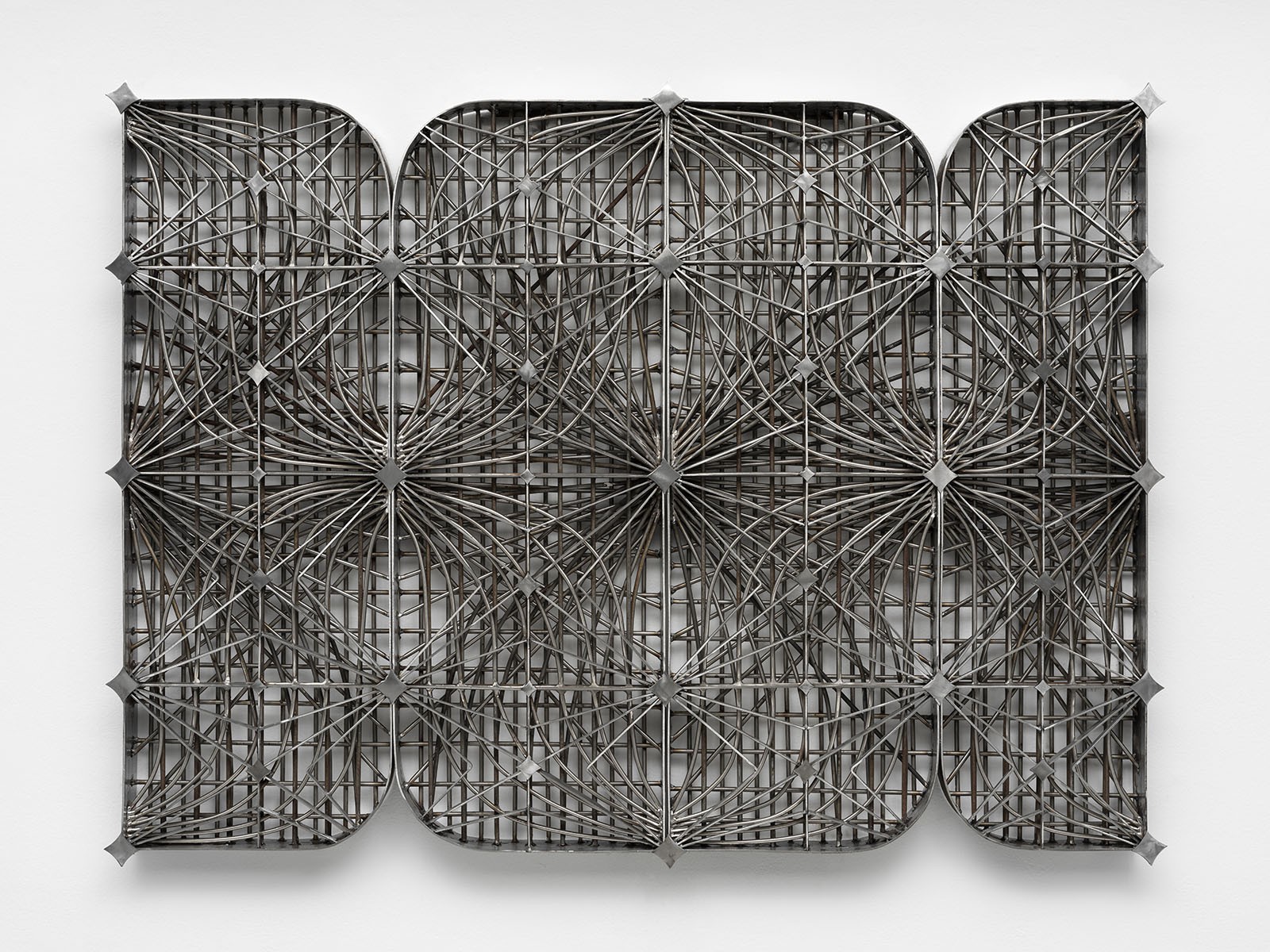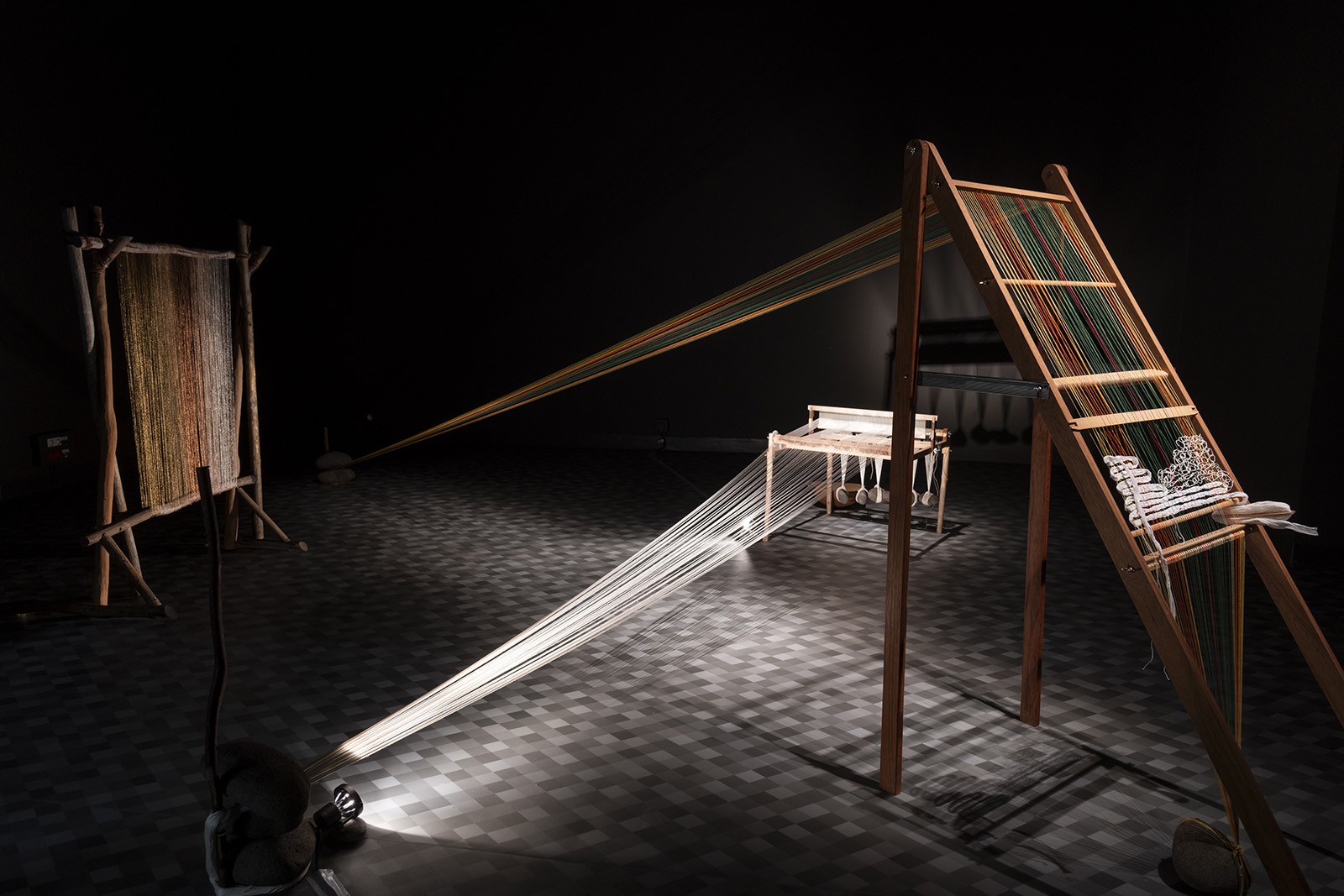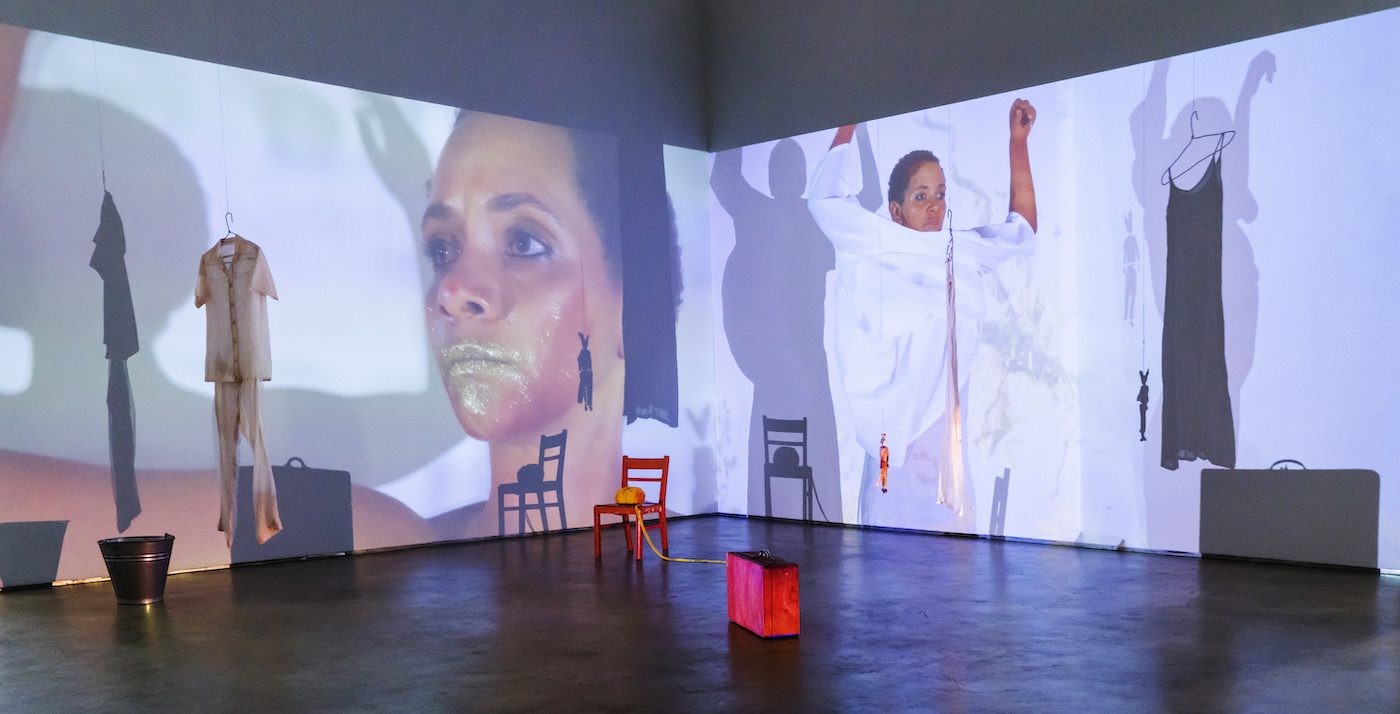Rejoining the Times
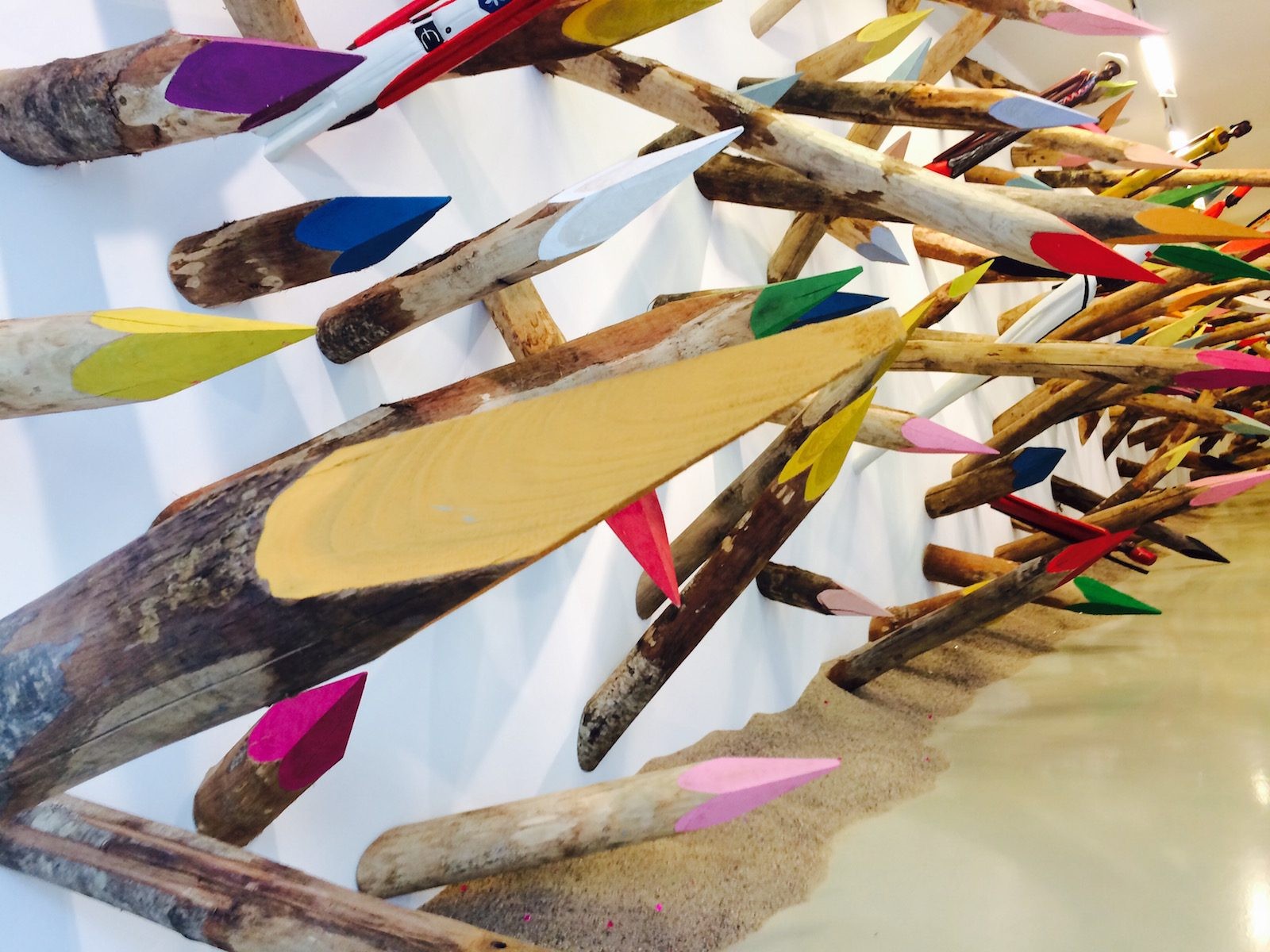
02 June 2017
Magazine C& Magazine
6 min read
The exhibition “Kolmanskop Dream” opens the curatorial season Untie to tie, initiated by Alya Sebti, which explores the intersections between artistic and social discourses linked to colonial structures in contemporary realities. This first chapter pays tribute to the tout-monde philosophy of the poet and philosopher Édouard Glissant. In his work Glissant endeavored to rethink globalization …
The exhibition “Kolmanskop Dream” opens the curatorial seasonUntie to tie, initiated by Alya Sebti, which explores the intersections between artistic and social discourses linked to colonial structures in contemporary realities. This first chapter pays tribute to the tout-monde philosophy of the poet and philosopher Édouard Glissant. In his work Glissant endeavored to rethink globalization (in the 20th century) in a rhizomatic relation between each different culture and locality. According to Glissant, celebrating the cultures in multiple contacts can shake things, opening the way to remodeling our imaginations, and this allows us to realize that we do not abdicate our identities when we open ourselves to the Other. (1)
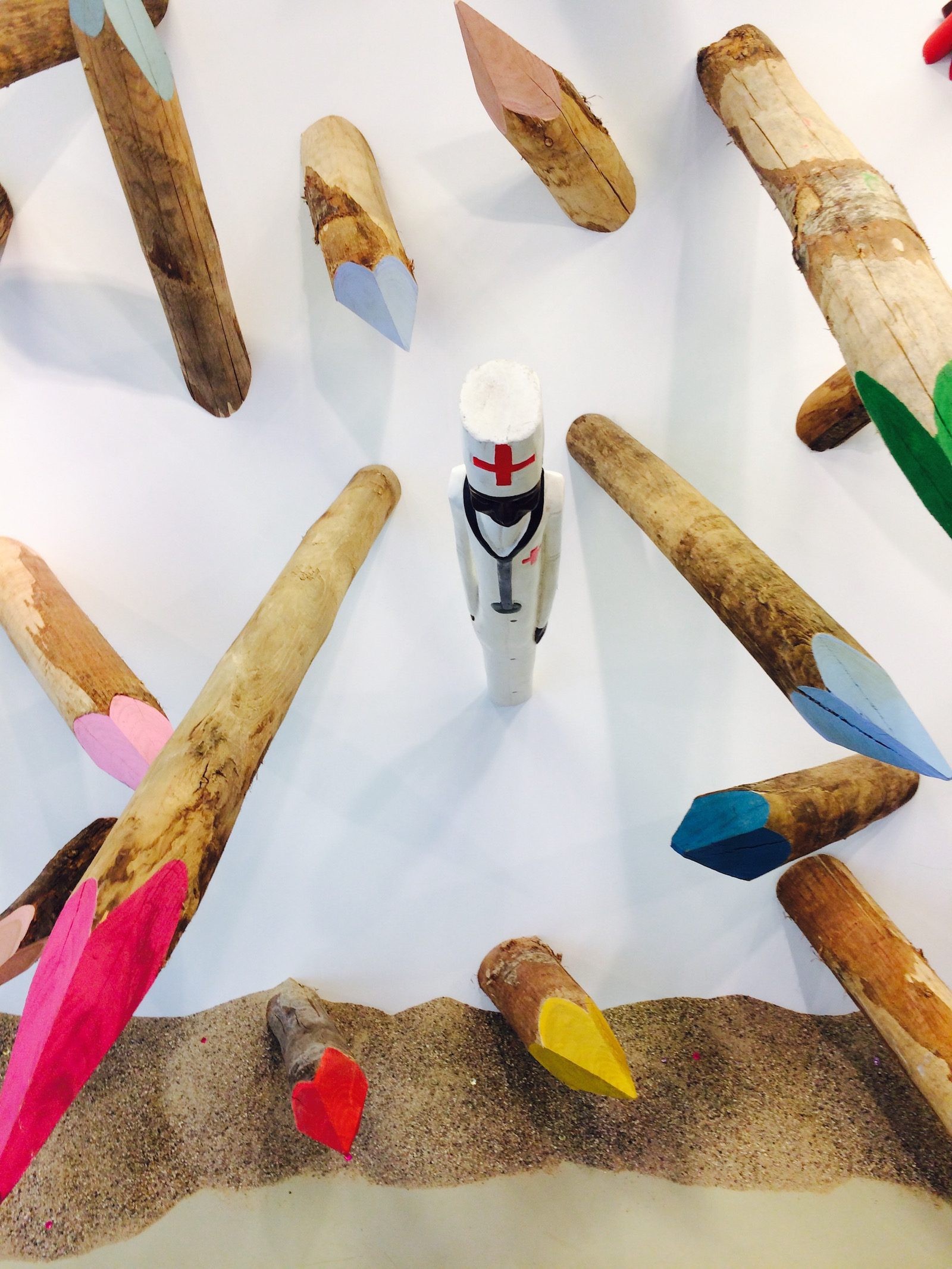
<figcaption> Installation view 'Kolmanskop Dream' by Pascale- Marthine Tayou, ifa galerie Berlin, Detail © Elsa Guily
Pascale Marthine Tayou’s solo exhibition invites visitors to immerse themselves in a mental sculpture of the former German colonial town Kolmanskop, which has become a ghost topography in the Namibian desert, a relic of an amnesiac colonial history buried in the sand. Tayou is a weaver of analogies, of contrasting constellations in which physical and psychological materials intermingle to help us unravel the world of prejudices and to disentangle creative ideas of misplaced alterity. He counters exoticizing stereotypes about Africa by positioning himself, not without a touch of mockery, as the head of the cell named “Archeology of the Colonies of the Wild North” (2) and reversing the situation by becoming the explorer of collections and colonial legacies of Eurocentrist societies. Tayou’s work is a metaphorical intervention on the fate of these forms. He makes a diagnosis between a simple and a compound past and traces the link that unites the present, the imperfect, the future and the uncertain future, positioning innocence as the source of all potential knowledge. (3)
“Is the argument of the strongest always the best one?” Tayou asks. By argument, does he mean the reason for existence? Rational argument? What is certain is that, as an exemplary ambassador of tout-monde creation, he is inviting us to consider the Relation as the poetics of being in the active sense of the term, as Edward Glissant conceived it. (4) He is asking us how we want collectively to address the impact of colonial heritages. How can they be shown? What are the stakes involved in such a rearrangement?
“In the end I would like to whisper to you the summary of the history of the ‘colonial ghost,’ shake the tree to free it of some of my evils that lurk day and night in our collective memories, talk about haunting and injustice without making new victims, reveal a few lines of the secrets hidden in my bedside notebook, sing the heart of my choruses without any grudges, deliver you to yourselves... ” Pascale Marthine Tayou (2)
To sketch a summary of the history of Kolmanskop, Tayou has carved thorny colored pencils for us. They are mounted on a long section of wall in the space, setting the tone for the hostilities. Wooden figurines interspersed between the pencils signify the importance of re-routing specific cultural representations initiated by those who have long argued that their power is utterly rational, based on diminishing the identity of an Other and on the historical destruction of cultures.
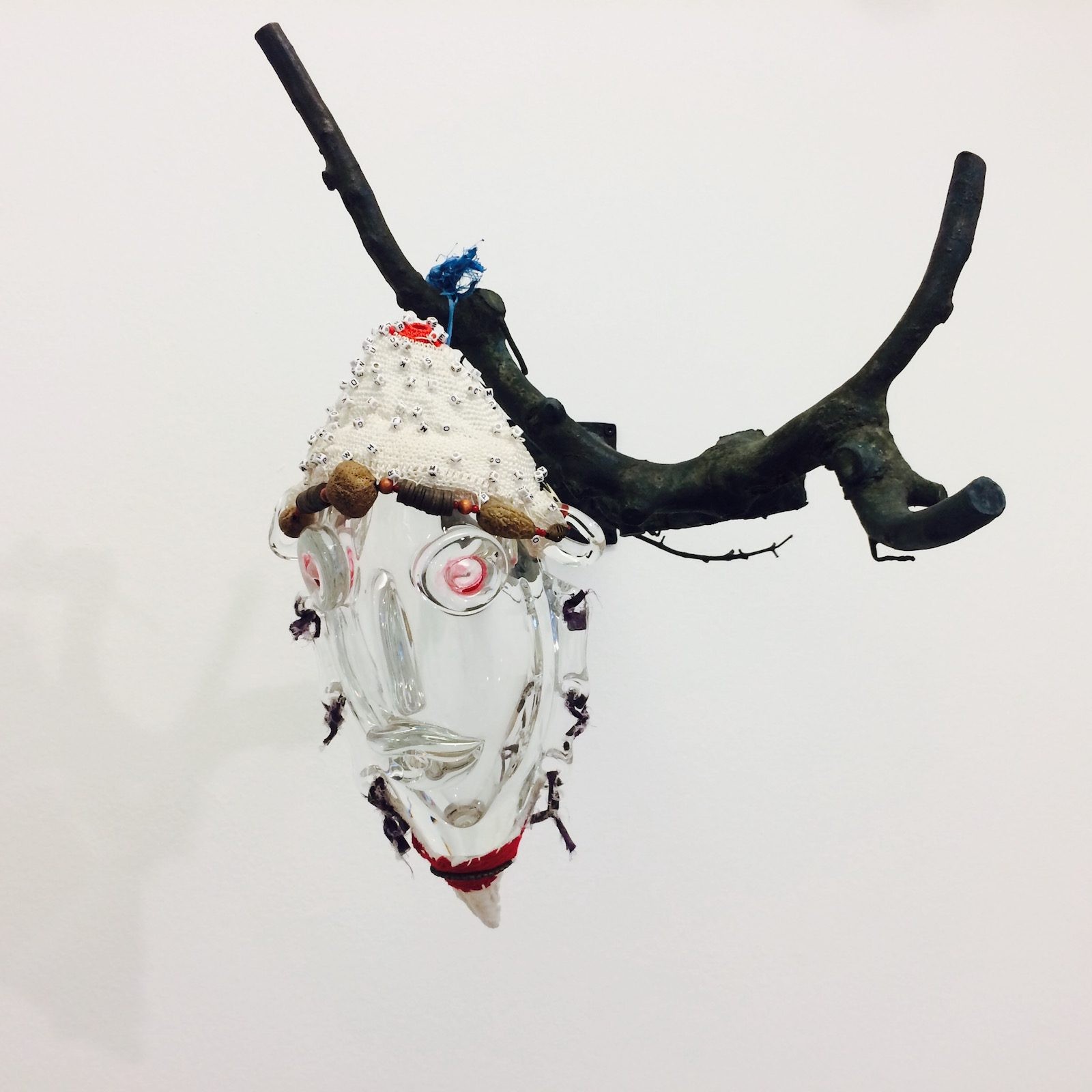
Pascale Marthine Tayou, Branches of life 2014, ifa galerie Berlin. Photo © Elsa Guily A heap of sand on the ground suggests the burial of the past. Mingled with sparkling grains of plastic and sequins, it evokes the fairy tale world of mass-produced toys. Yet Tayou does not hide, he shows us a glittery dream of wandering on the trail of a common history. (5) At the far end of the room is an installation consisting of two branches of trees hung with crystal heads decorated with crochet hats, seed necklaces, feathers, and other fabric trimmings that match their creator’s design. They refer us to the speculative use of goods, such as masks in West Africa, which transport phantasmagorical “figures of power.” Far from being produced by an authentic local tradition, they symbolize the metamorphoses of the world and bear witness to our modern rituals. The pencils with their colored ends pierce a trajectory towards the Meeting Point that houses theCenter of Unfinished Business. A library whose metallic structure frames a panoptic research system invites visitors to interact with its presentation and contents with the intention of putting the writing of colonial history into perspective. At the sides are the listening stations offered by Saout Radio that immerse us in an hour-long sound panorama exploring the notion of identity in terms of different languages, formats and sensibilities.
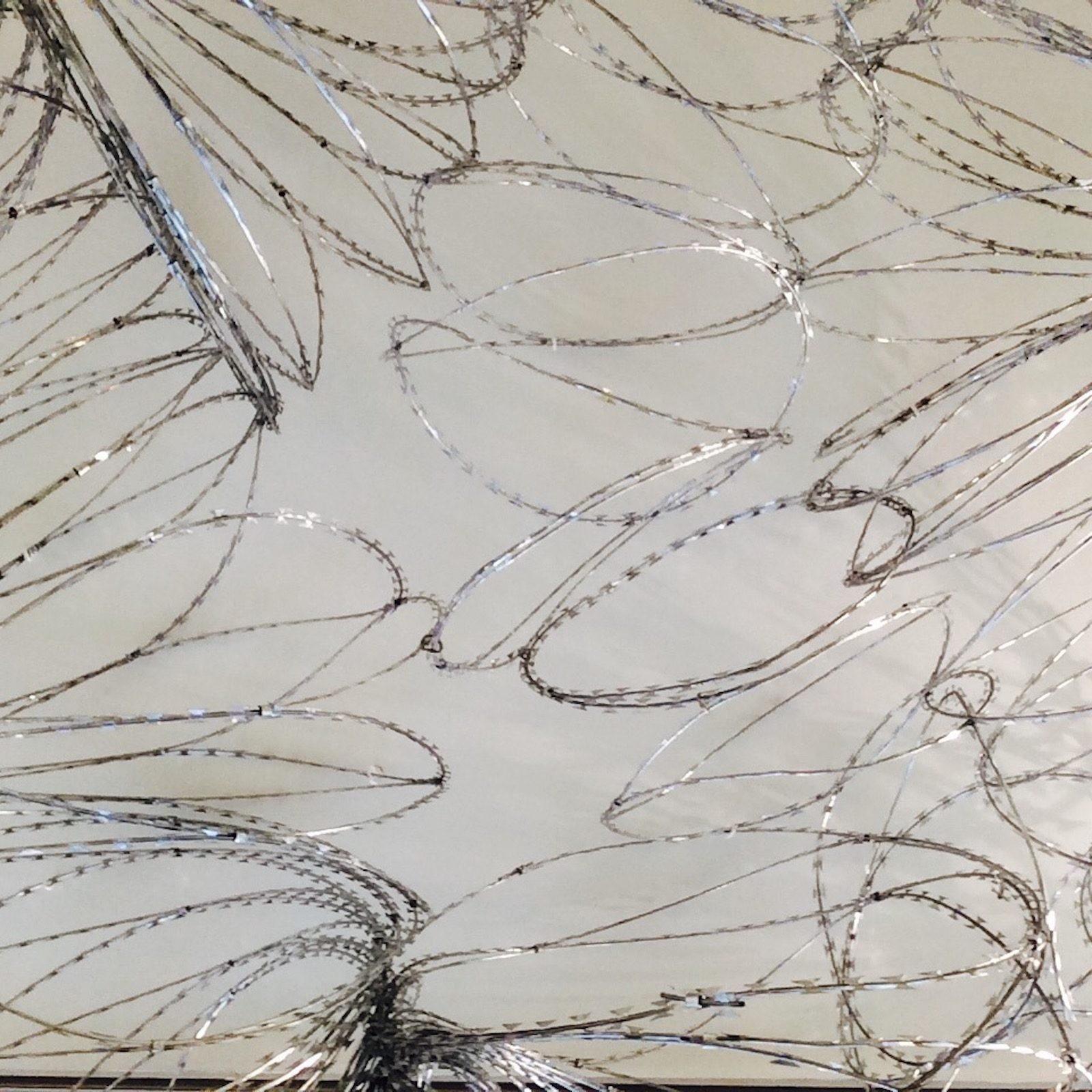
<figcaption> Installation view 'Kolmanskop Dream' by Pascale- Marthine Tayou, ifa galerie Berlin, Detail © Elsa Guily
At the crossroads of the exhibition, a cloud of barbed wire looms overhead like a psychological threat. Indeed, setting foot in this space requires anybody who ventures there to be prepared to destabilize their very being, their own knowledge, their achievements, and to share them communally, Tayou tells us, so as to speak without being obsessive about the injustice hidden in certain symbols of our shared histories. As Saout Radio reminds us: We exist because we exist in relation to the Other. Kolmanskop Dream gives rise to supple, gliding thoughts, endowing the work with a gesture that deconstructs the clichés about heritage as the construction of identities and territories.
NOTES
1. Édouard Glissant, Traité du Tout-Monde, Paris: éditions Gallimard, 1997, p. 249.
2. Pascale Marthine Tayou, Preparatory notebook for the exhibition, private collection, Cahier préparatoire à l’exposition Collection Privée, , exhibition catalogue 2011, Paris: éditions Actes Sud/Parc de la Villette.
3. Pascale Marthine Tayou, op. cit. 2011, p. 50.
4. “ ... Let us descend from the past story to our present, let’s push on toward the future! Let us explore the present sufferings deeply to prevent those that are to come.” Édouard Glissant, Traité du Tout-Monde, Paris: éditions Gallimard, 1997, p. 6.
5. “ ... This story is embroidered with earth and with words for speaking of the evils and for discovering cares, I speak about fake diamonds and the thread of gold because making stories is my goldmine, it’s the story of a life of troubles far away from the dreams of childhood.” Pascale Marthine Tayou, op.cit., 2011, p. 3.
Elsa Guily is art historian and an independent art critic living in Berlin, specialized in the relationships between art and politics.
Translated from French by Karen Margolis.
Read more from
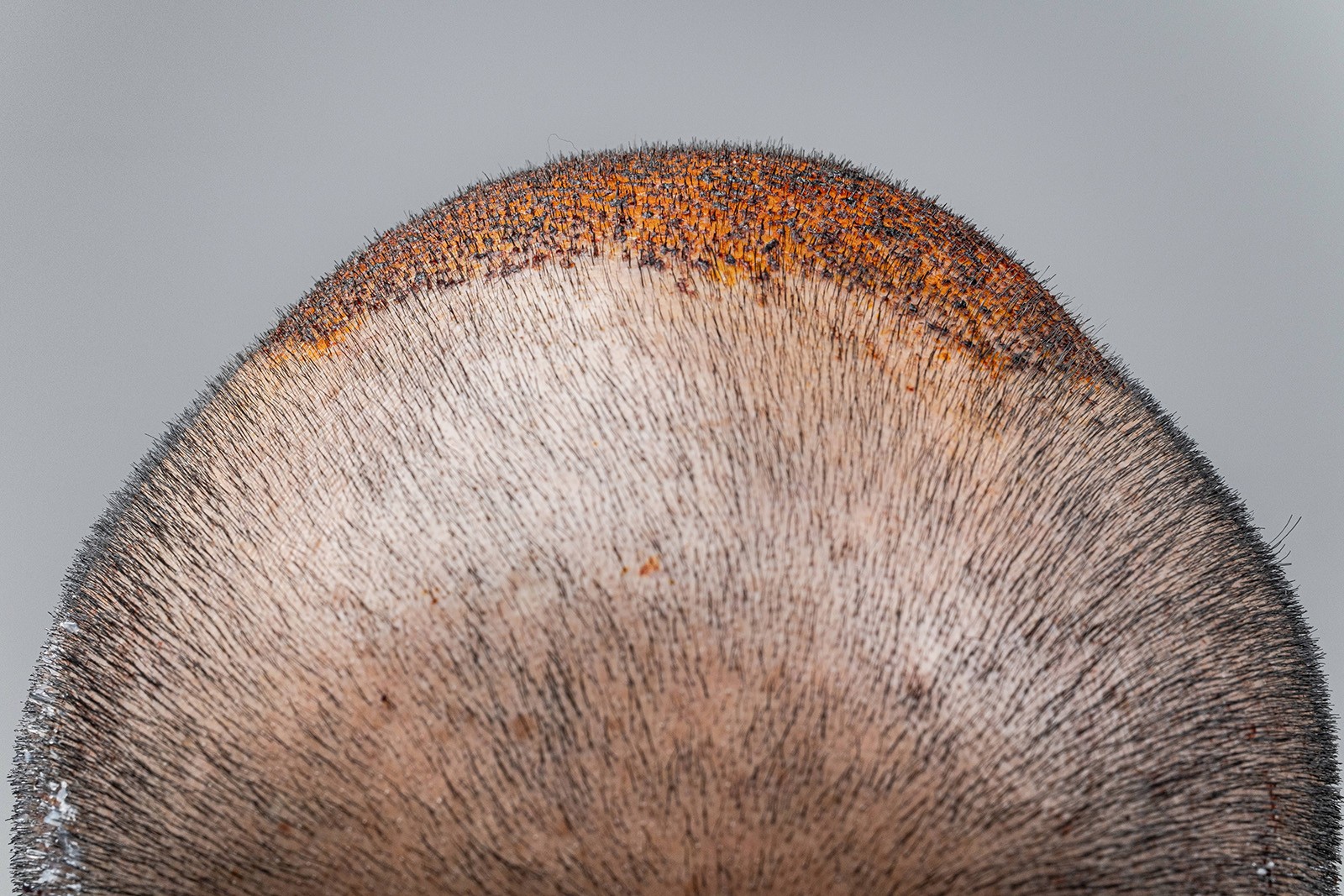
The Entanglement of Migration, Indigenous Peoples, and Colonialism
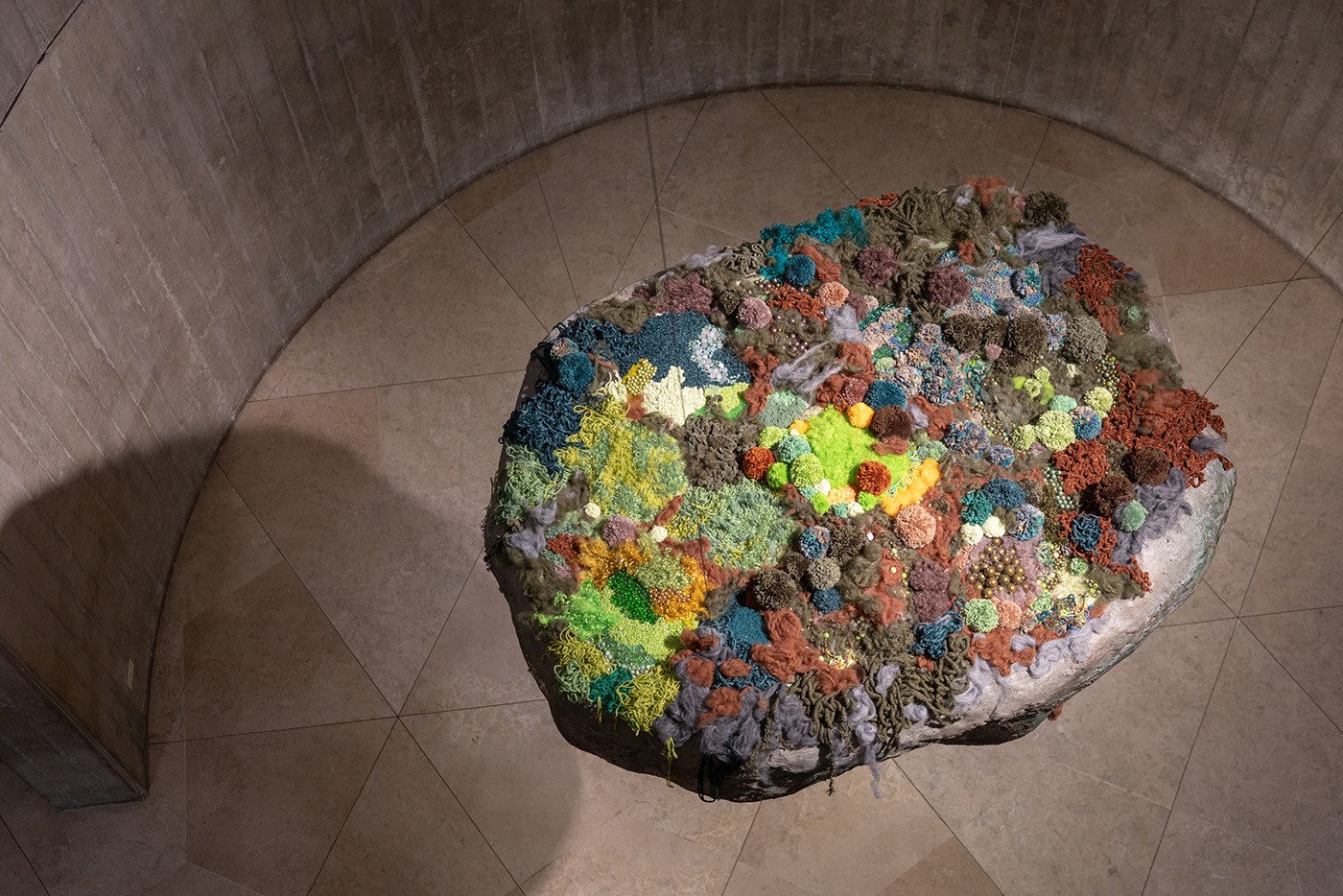
The Forgotten Asian Histories of Latin America
Read more from


